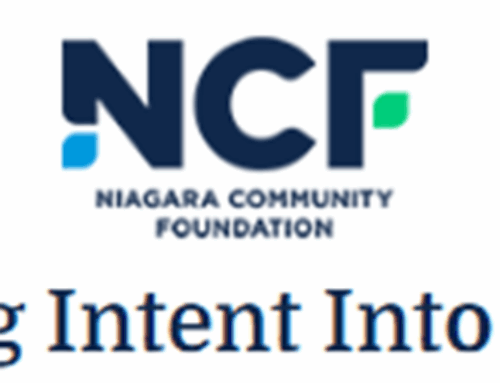The way food is purchased in the Broader Public Sector (BPS) ranges from simple to complex. At its simplest, institutions such as schools and daycares “shop the specials” and buy food at grocery stores. At its most complex, institutions such as hospitals and universities have multiple food outlets, each operating under different purchasing conditions.
In general, any given institution may have one or more foodservice operation within their facility, which may be managed and operated differently. Each foodservice operation can be distinguished based on whether it is commercial or institutional. Commercial operations are open to the general public (e.g. public cafeterias in hospitals, retail foodservice franchise outlets in universities). Institutional foodservice is where foodservice is not open to members of the public (e.g. meals at child care centres and for residents in long-term care facilities). For each location, foodservices may be operated by facility staff or contracted out to a third party.
Institutions that contract their foodservice to a third party can select a corporate contract caterer, an independent operator, or a franchise. When contracting the foodservices to a third party, the institution often loses direct control over food procurement, including the capability to decide what products are purchased.
Corporate contract caterers work across the province, Canada, and around the world. Examples include Aramark Canada, Compass Group Canada, and Sodexo Canada Inc. The on-site manager of a corporate contract caterer must source their supplies from company approved suppliers and often from a list of products provided by the corporation’s head office.
Independent operators have more control than corporate contract caterers over their suppliers because they are often not bound to contracts, like corporate contract caterers are. While this does provide them with flexibility, it also makes it difficult to determine what they are buying and where they are buying from. Independent operators tend to have many more suppliers, making tracking purchases more difficult. In other cases, independent operators will use group purchasing organizations (GPO) to negotiate prices and distribution rights for food. In such examples, even independent operators are limited in their ability to select which foods they buy, because it is determined by the GPO through a competitive request for proposal (RFP) process.
Barrier
Foodservice in the BPS can be complicated and create challenges when trying to purchase local food.
Progress Being Made
- Ryerson University recently contracted their foodservice operations out to Compass Group Canada. Ryerson included a clause in the contract to allow them to select the suppliers that Compass works with and to specify payment terms that would be acceptable for local farmers. Prior to this, Ryerson had very little control over their ability to provide local food on their campus because the contract caterer selected the vendors.
- Foodservices at the University of Guelph are still independently operated, giving the staff on this campus more freedom in their food purchasing. They recently received funding to create a food-processing kitchen, which gives them even more flexibility in selecting the food they purchase and serve on campus. If they want to serve local hamburgers, for example, they can buy cuts of beef and grind the meat themselves.
- The Peel District School Board worked with Ecosource to revise the RFP used to hire foodservice providers. The new RFP made “local” a weighted category for the hospitality and catering contract. The RFP for the cafeteria foodservices asked service providers to provide a two-page summary on how they would include local food.
- Rather than sell directly to BPS institutions, it is sometimes easier for local food providers to access the BPS through broadline distributors and corporate contract caterers. Sol Cuisine Inc., a processor of Ontario tofu products, is working with Compass and Aramark to provide niche vegetarian food to purchasers in the healthcare and post-secondary sectors.
Some Solutions
- As the University of Guelph example describes, it is often easiest to sell local food to institutions that are still self-operated. These foodservice departments often have the freedom to choose who they buy food from, and what foods they buy.
- There are a few options for vendors trying to sell local food to an institution where foodservices have been contracted out. One option is to get your product listed with the contracted foodservice companies. This can be done by working directly with the foodservice company, or by getting BPS facilities to specifically request your product. In the latter example, it is important to get buy-in for your product from senior foodservice staff and procurement officers.
- You can also get listed in contracts with foodservice providers through RFPs. Group Purchasing Organizations will issue RFPs to determine which vendors have the right to supply food to their members. This process can be complicated, but some local vendors have been successful in taking this route.
- If you cannot get the foodservice companies to carry your product, you may be able to get the institution to buy your product “off-contract.” In most cases, institutions are required to buy 80 per cent of their food through their contracts, leaving 20 per cent up to the discretion of the individual facility. This 20 per cent is usually used for food such as produce, but that is not always the case.
Publication Date: August 27, 2014
Published by: Ontariofresh.ca
View Greenbelt Fund Green Papers Volume 10: How food is purchased in the broader public sector






